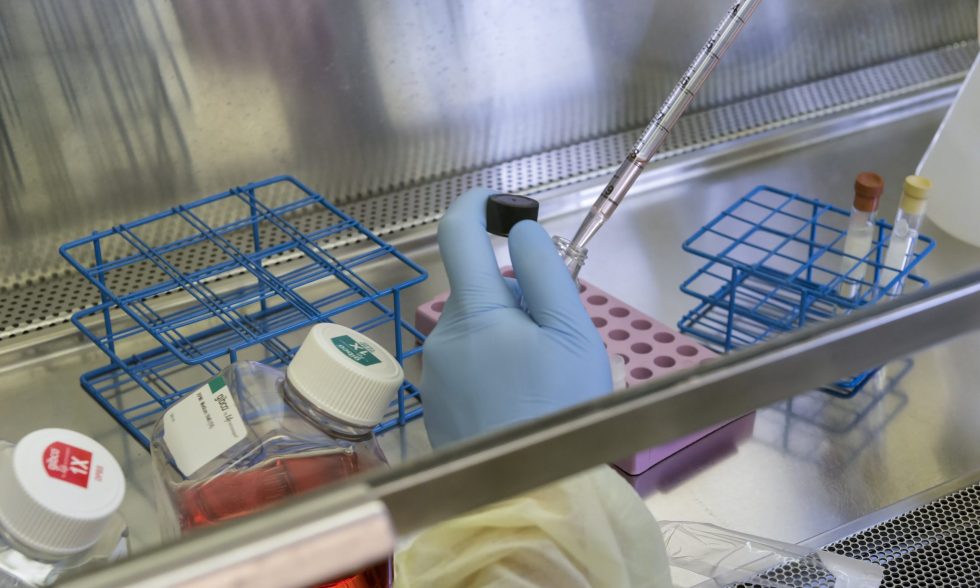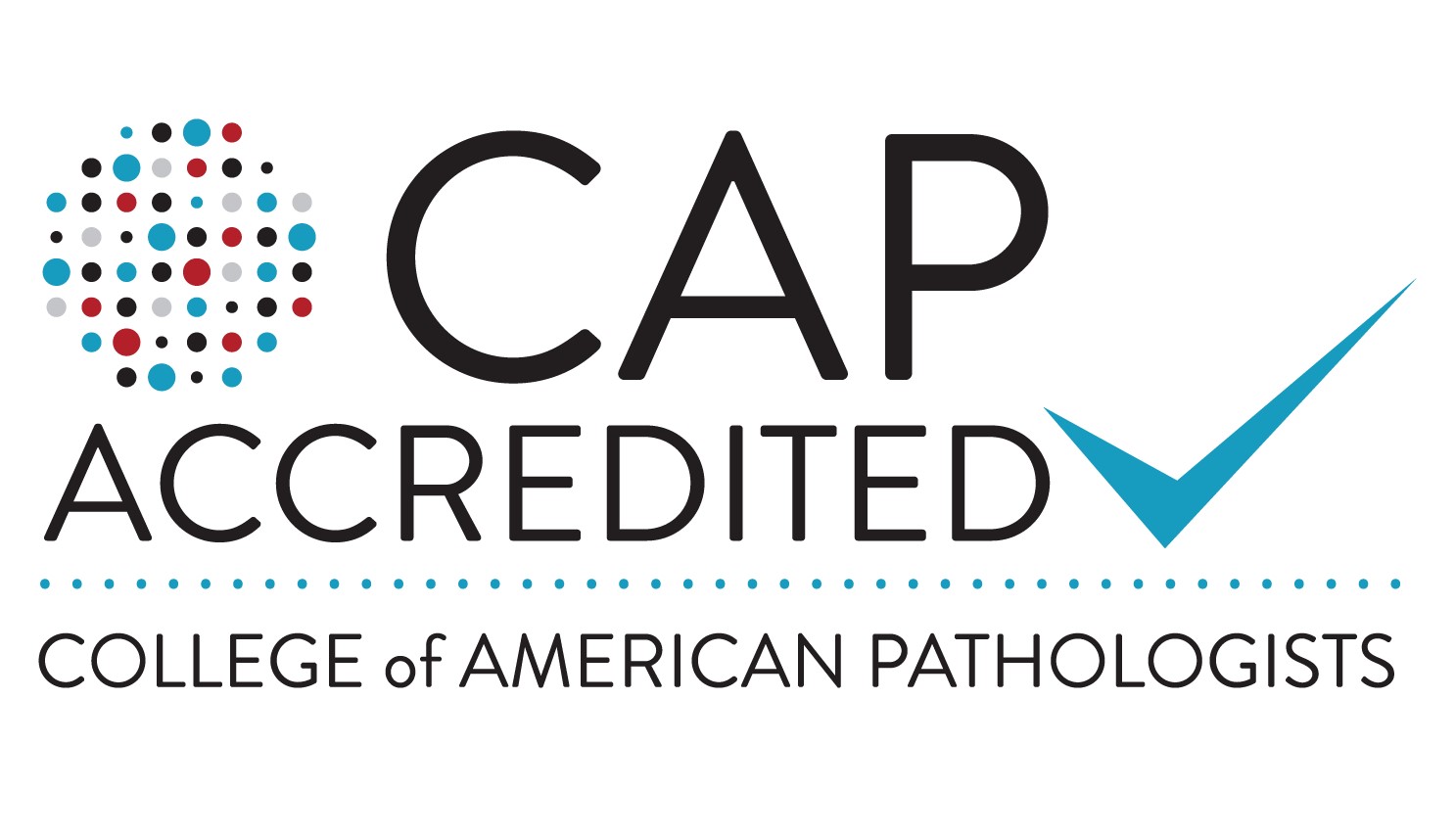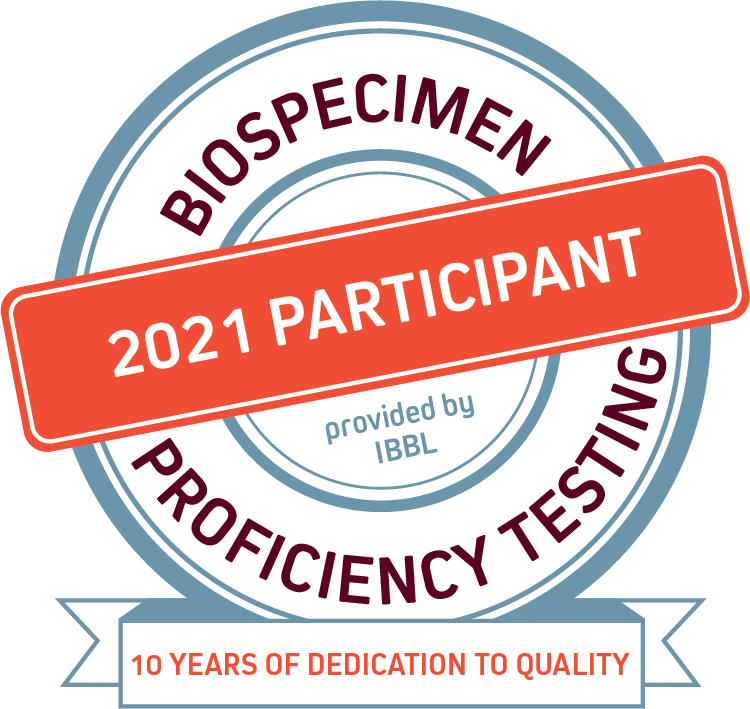
Convenient, on-site sample processing for your clinical or research study
The GRCF Cell Center is a CAP-accredited facility specializing in blood isolations, mammalian cell culture propagation, primary cell establishment, and EBV-transformed lymphoblast (LCL) establishment. Our facility has processed more than 40,000 blood specimens and serves the needs of hundreds of investigators within Johns Hopkins and beyond!
Blood Processing
Cell Culture Services
Clinical Trial Support
SARS-CoV-2 Processing
Location
600 N. Wolfe Street
Blalock Building, Room 1001A
Baltimore, MD 21287 USA
Hours
8:30 am to 6:00 pm
Friday: 8:30 am to 5:30 pm
Same Day Processing Cutoff:
Monday – Thursday: 3:30pm
Friday: 2:00pm
All clinical samples needing same day processing after these hours will be subject to additional fees.
Contact
Phone
How to Setup Processing
The GRCF Cell Center requests an initial consultation to discuss your project needs prior to dropping off your first samples. Please contact us at 410-955-3320 or by email at [email protected] to setup an account for processing in our facility.
The following documentation must be completed and submitted prior to dropping off first samples:
- Completed Project Information Form
- Signed GRCF BioBank & Cell Center Agreement Form
- IRB Approval Letter
- Blank copy of the Informed Consent
- Letter from Principal Investigator affirming all patients have consented to the study


Pricing
Need a quote?
For pricing information, please contact us at:
FAQ
What is the difference between viable cells and nonviable cells?
Viable nucleated cells are cells that are “able to live”. Nonviable cells are incapable of further growth. Snap-frozen cells are not capable of further growth because the cell membrane is shattered by intracellular ice. However, when frozen at -1C per minute with a protectant such as dimethylsulfoxide (DMSO), cells are “suspended in animation”. The cryoprotectant allows intracellular water to be removed slowly, ensuring that organelles are protected from ice formation. To preserve viability, cells are thawed rapidly at 37C and placed into growing media.
How long can samples remain viable when stored in liquid nitrogen?
Cells that have been properly frozen can remain in liquid nitrogen vapor for decades without loss of viability. The Cell Center has revived samples that have been stored for 17 years with a post-freeze viability > 90%.
How many viable lymphocyte separations have been performed at The Cell Center?
The lab has separated over 24,000 blood samples.
What is the success rate for transforming fresh and frozen lymphocytes at The Cell Center?
The success rate for transforming fresh lymphocytes is 99% and for frozen lymphocytes, 98%.
How many fibroblasts lines have been established at The Cell Center?
Over 400 fibroblast lines have been established at The Cell Center.
Why does the blood clot if it has been collected in a vacutainer containing a preservative to prevent clotting?
The blood should be inverted several times to mix the preservative and blood.
Should blood for lymphocyte separation or transformation be refrigerated?
No, keep the blood tubes at room temperature, protecting from extremes of hot and cold during transport.
How soon should the blood reach the lab for viable cell separation?
One day. After that, the likelihood of a good separation decreases. After 3 days, the viability is low.
What tube type should I use to collect viable PBMCs?
The ACD (acid citrate dextrose) yellow-top tube.
What is the difference between ACD solution A and ACD solution B?
The ACD (acid citrate dextrose) in solution A is concentrated for 8.5 mls of blood. The ACD in solution B is concentrated for 6 mls of blood.
Does it matter if a vacutainer is not completely filled with blood?
Yes. From our experience, if an 8.5 ml tube is not filled, the cells will rupture because of the concentrated preservative. Use the smaller (6 ml) tube if there is a chance of low volume.
What is the latest time blood samples can arrive at The Cell Center on Fridays?
Blood samples must arrive at the lab by no later than 2 pm.
Does the Cell Center ever reject samples?
Yes. If blood for lymphocyte isolation is not collected in an ACD tube, if the tube is not full and the volume of blood is not correct for the preservative concentration, or if the time from collection is greater than 3 days the sample will not pass our quality control at intake.
Does The Cell Center isolate DNA?
No, but another lab within the Genetics Resources Core Facility does. Contact the director of the GRCF Nucleic Acid Technologies, Dr. Gutierrez for information.



